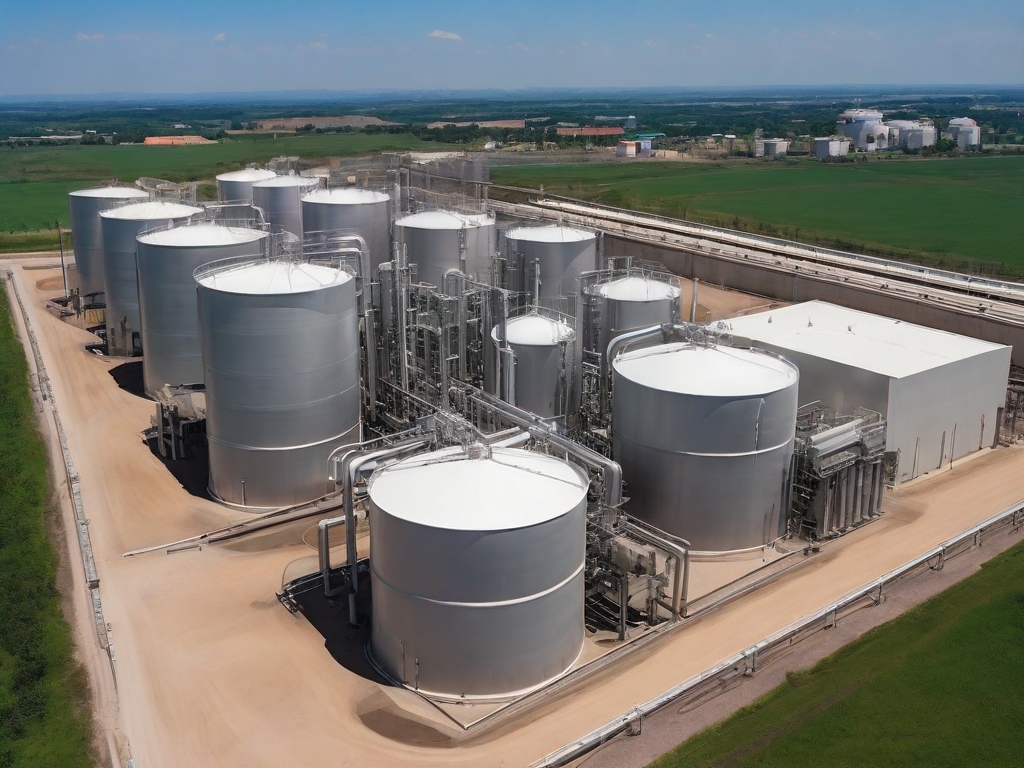Welcome to the Intrinsically Safe Store, your one-stop-shop for all your intrinsically safe equipment needs. We dedicate ourselves to provide you with the most reliable and safest products. But have you ever wondered about the challenges that arise in designing and implementing these intrinsically safe systems? Let’s delve into this topic and explore the complexities involved. Don’t forget to visit our website for more information.
Understanding Intrinsically Safe Systems
Designers create intrinsically safe systems to prevent ignition of flammable substances by limiting the energy available for ignition. People commonly use them in hazardous environments such as oil refineries, chemical plants, and mines. However, designing and implementing these systems is not without its challenges.

Challenges in Designing Intrinsically Safe Systems
1. Compliance with Safety Standards
Designing intrinsically safe systems requires strict adherence to safety standards and regulations. These standards vary from country to country, making it a complex task for designers to ensure global compliance.
2. Technological Limitations
Due to the need to limit energy to prevent ignition, intrinsically safe systems often have to operate under severe power and voltage restrictions. This can limit the functionality and performance of the system, posing a significant challenge for designers.
3. Cost Implications
The high standards required for intrinsically safe systems often result in increased costs. Designers must find a balance between safety, functionality, and cost-effectiveness.
Challenges in Implementing Intrinsically Safe Systems
1. Installation and Maintenance
Implementing intrinsically safe systems requires careful installation and regular maintenance to ensure they continue to operate safely. This can be time-consuming and costly, particularly in large industrial settings.
2. Training and Education
Employees need to be adequately trained to operate and maintain these systems. This requires ongoing education and training, which can be a significant investment for companies.
3. System Integration
Integrating intrinsically safe systems with existing equipment can be a complex task. It requires careful planning and execution to ensure the overall system remains safe.
Navigating the Complexity of Intrinsically Safe Systems
Designing and implementing intrinsically safe systems is a complex task that requires a deep understanding of safety standards, technological limitations, and cost implications. Despite these challenges, the importance of these systems in protecting lives and property in hazardous environments cannot be overstated. At the Intrinsically Safe Store, we understand these challenges and are committed to providing you with the safest and most reliable products. Contact us today for all your intrinsically safe equipment needs.


























